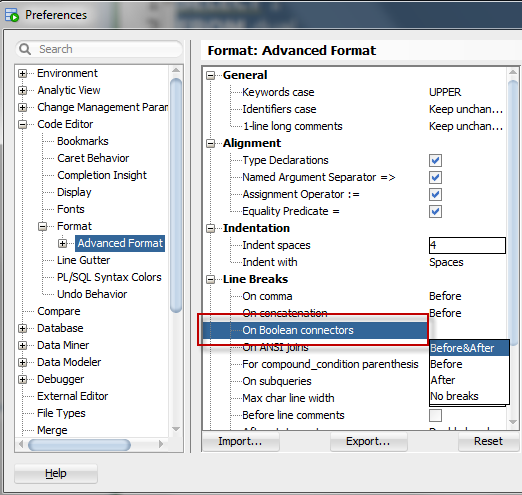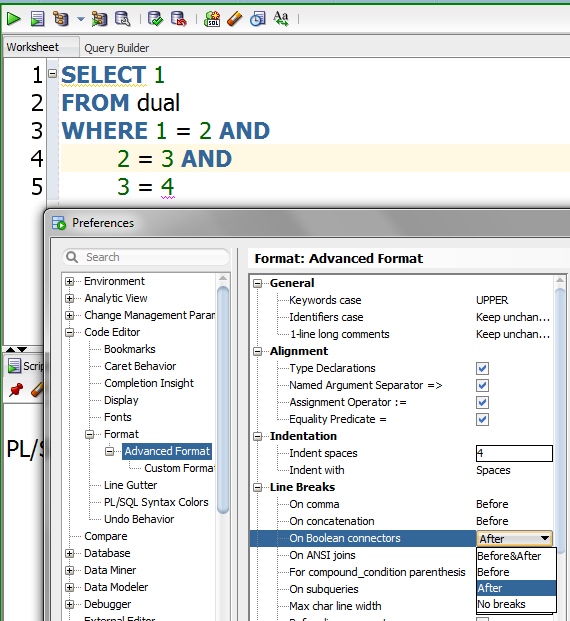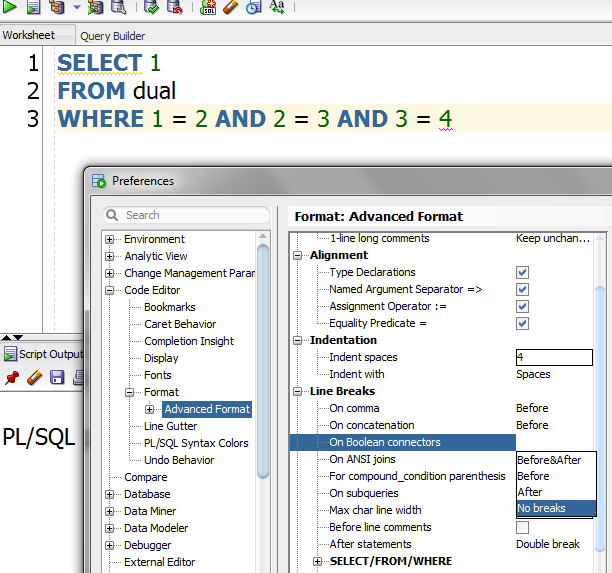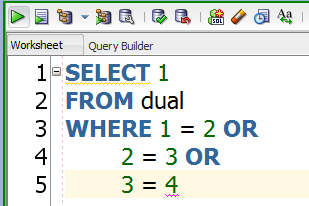In financial services, can regulations be an opportunity rather than an obstacle?
The bancassurance boom in parts of Europe, the Middle East, Africa, and Asia Pacific certainly shows it’s possible. Although regulatory agencies all over the world are keeping close watch over bancassurance providers, bancassurance continues to thrive in these areas.
Take the Monetary Authority of Singapore (MAS) for example. In 2013, MAS consulted with PwC to conduct an extensive review of distribution practices and comparisons with regulations in other jurisdictions. Consequently, they have implemented the Financial Advisory Industry Review (FAIR) Framework which focuses on five key areas or “thrusts” as the agency calls them:
- To raise the competence of financial advisory representatives
- To raise the quality of financial advisory firms
- Make financial advice a dedicated service
- Lower distribution costs of insurance products
- Promote a culture of fair dealing
New Framework, Same Principles
This relatively new framework for bancassurance echoes the same ideas that regulatory agencies have been pushing on the financial services industry for many years. Bancassurance service providers need to make sure their representatives meet professional qualifications and undergo ongoing training. They need to review payment structures and examine the impacts of paying commissions versus charging fees, as well as spreading commission earnings over longer periods. Bancassurance service providers need to be transparent about their products and charges. From the other end, customers need to be able to compare various offerings.
These many issues are but a snippet of what needs to be done to embed integrity in bancassurance. Nevertheless, bancassurance distribution firms need to be able to demonstrate that they are striving to meet these requirements.
Singapore isn’t the only country with regulators keeping bancassurers in check. There’s the Insurance Regulatory and Development Authority of India, the Hong Kong Monetary Authority, the Australian Provident Regulation Authority, the Insurance Supervisory Authority in Italy, and many more.
The Problem with In-House Banking IT Systems
We’re witnessing more banks and insurers partnering up to offer bancassurance. If banks approach the new venture using their in-house tech systems, they run the risk of non-compliance. IT systems tailored for banking are not necessarily built to comply with bancassurance regulatory principles such as Know Your Customer (KYC), the FAIR framework, and other requirements on needs analysis, quotations and applications.
Oracle’s Solution for Bancassurance
Let’s take a look at the communication gateway known as Oracle Insurance Bancassurance Platform.
![Bancassurance Data Gateway]()
The gateway is the spot where the action is. The importance of ensuring integrity, accuracy, and efficiency here cannot be overemphasized. The gateway needs to be designed to suit its purpose.
Here are more details to illustrate how the Oracle Insurance Bancassurance Platform follows industry best practices:
![Oracle Bancassurance Platform follows industry best practices]()
As you can see, Oracle’s solution helps manage data, communication, and process concerning customers that need service as a product.
The platform gathers information in a structured way. Then the system uses that information to perform the functions and fulfill the processing requirements highlighted in the boxes above. The requirements set out here will change and be expanded over time as the market and bancassurance regulations develop.
Serving Clients and Advisors Alike
The Client Self Service, Advisor Management, and Advisor Service are especially important pieces. Let’s take a closer look:
- Client Self Service: Robo advice and all that goes with it
- Advisor Management: You can monitor what the advisors are doing, see their levels of authority, and how well they’re performing
- Advisor Service: The place where advisors interact and perform services to meet responsibilities to clients, the bank, the insurance carriers, and, indeed, the regulators.
These are the front-end tools, which provide the data capture Modern Portfolio Theory (MPT), KYC, and needs analysis capability. The needs analysis allows you to request quotations and illustrations from different carriers, turn applications into contracts where appropriate, and use that data to meet customer requirements.
Oracle’s Bancassurance Blueprint
Our Bancassurance Gateway provides the common channel to efficiently communicate with all of the insurance carriers involved in providing the service. Here’s the bancassurance blueprint to give you the full picture:
![Oracle’s Bancassurance Blueprint]()
In Part 4 of this bancassurance blog series, we’ll tell you more about the additional feature you see sitting at the bancassurance front-end tools: cloud-based access. Needs analysis, illustrations, quotes/proposals, and e-application/submission will soon be available in the cloud.
For more information, visit the Oracle Insurance Bancassurance Solution web page.









![image[7][2][2][2] image[7][2][2][2]](http://soacommunity.files.wordpress.com/2013/04/image7222.png?w=20&h=20&h=20)
![clip_image002[8][4][2][2][2] clip_image002[8][4][2][2][2]](http://soacommunity.files.wordpress.com/2013/04/clip_image00284222.jpg?w=26&h=23&h=23)

















 Een van de tegenstrijdigheden
van moderne technologie is: hoe geavanceerder die wordt, hoe minder die opvalt.
Een van de tegenstrijdigheden
van moderne technologie is: hoe geavanceerder die wordt, hoe minder die opvalt.  Kamperen kan heel erg leuk zijn. Wie wil er nu niet
slapen onder het tentdoek, zich een voelen met de natuur, een kampvuur
aanleggen om warm te blijven en zelfs jagen, voedsel verzamelen en z'n eigen
potje koken? En vergeleken met het betalen van de huur en gemeentebelastingen
is het nog aardig goedkoop ook.
Kamperen kan heel erg leuk zijn. Wie wil er nu niet
slapen onder het tentdoek, zich een voelen met de natuur, een kampvuur
aanleggen om warm te blijven en zelfs jagen, voedsel verzamelen en z'n eigen
potje koken? En vergeleken met het betalen van de huur en gemeentebelastingen
is het nog aardig goedkoop ook.

















